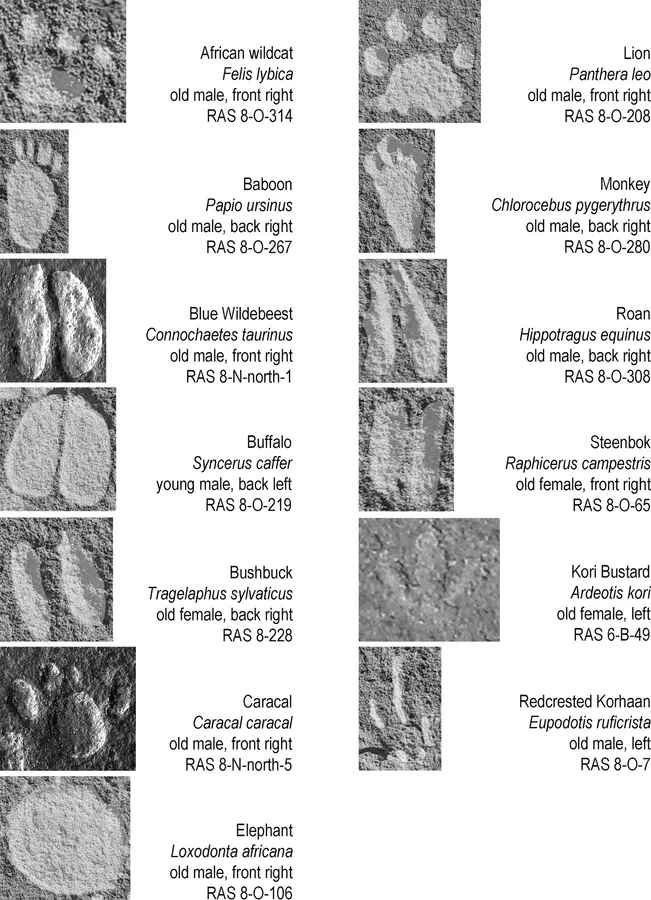
Imagine writing a how-to guide that was so accurate it could still be used thousands of years later.
That’s exactly what a group of Late Stone Age hunters in modern-day Namibia did with the tracks of the various animals they hunted.
The discovery and analysis of the ancient stone art is described in a new paper published in PLOS ONE, a peer-reviewed journal by the Public Library of Science, on Wednesday.
A news release described how the team of archaeologists from the Friedrich-Alexander University of Erlangen-Nürnberg and the University of Cologne in Germany worked with indigenous trackers from the Nyae Nyae Conservancy in Tsumkwe, Namibia, to decipher the numerous stone carvings from the Doro! Nawas Mountains central-western Namibia that are believed to date to the first millennium BCE.
“Namibia’s rock faces contain numerous Stone Age depictions of animals and humans, as well as human footprints and animal tracks. Until now, the latter have received little attention because researchers lacked the knowledge to interpret them,” the authors wrote, saying they had now “examined several hundred of the tracks in more detail and discovered surprising details: the tracks cover a wider range of animal species than in conventional animal depictions and differentiated cultural patterns emerge in the representation of the various species.”
They were able to identify the species, sex, age group, and even the specific leg of the animal or human print that had been carved in more than 90% of the 513 engravings they found. The included 40 different species of quadrupeds and birds, ranging from rabbits and aardvarks to giraffes, several species of rhinoceroses, and storks and ostriches. They depicted adult tracks more than juveniles and male more than female.
Notably, many are species that no longer inhabit the area, which has become much more arid in the 3,000 years since the hunters made their carvings, prompting the animals to flee to more humid regions.
The scientists said the find is further proof of the “tremendous capacity” of indigenous knowledge to advance archaeological research, and could provide valuable insights into understanding rock art from the time period that has been found across southern Africa.